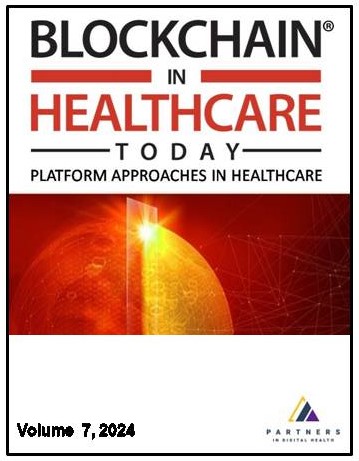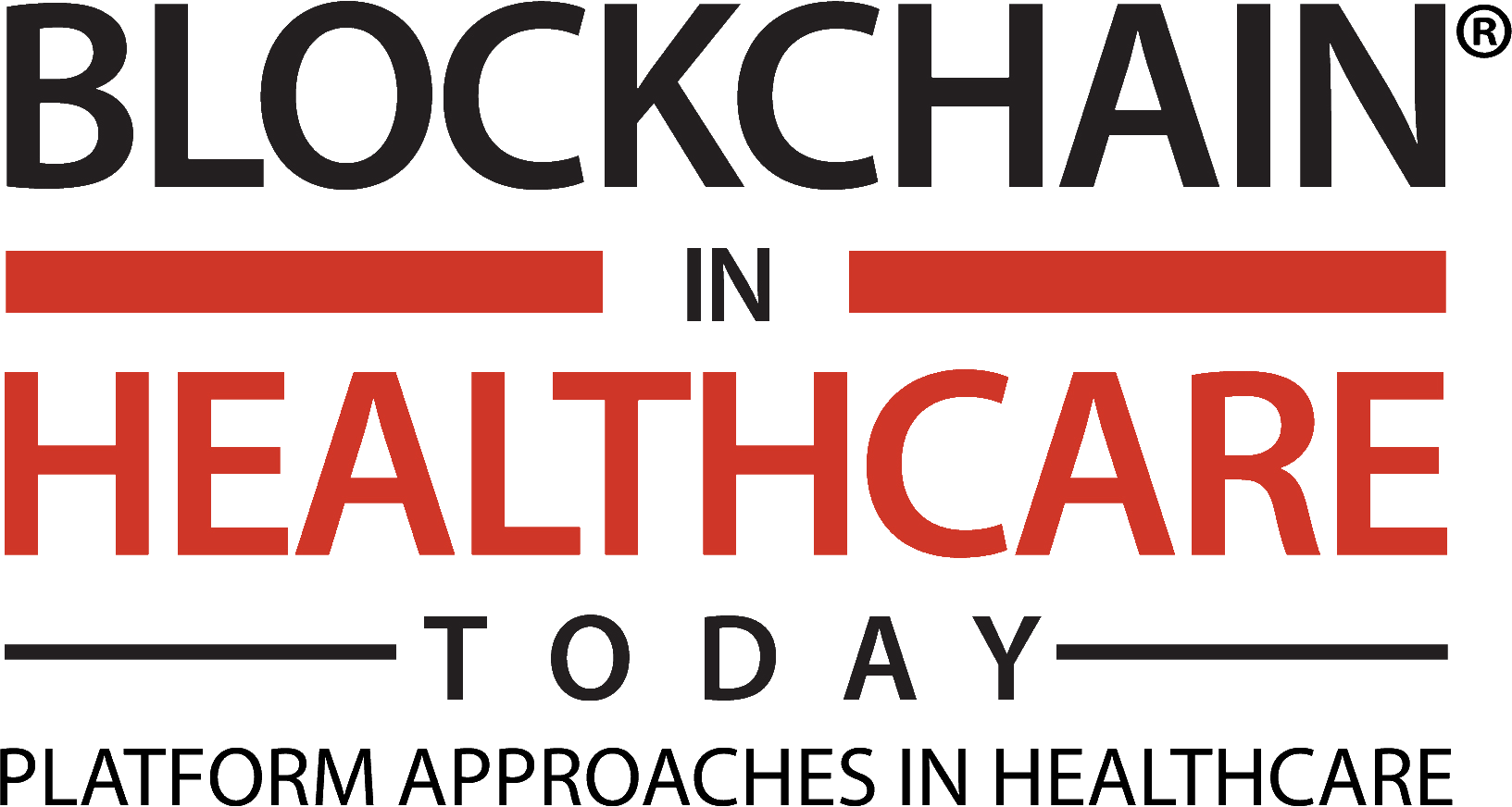
Additional files
More articles from Volume 4, Issue 1, 2021
Commercially Successful Blockchain Healthcare Projects: A Scoping Review
Blockchain predictions for health care in 2021
A Proposal for Decentralized, Global, Verifiable Health Care Credential Standards Grounded in Pharmaceutical Authorized Trading Partners
Leveraging Blockchain Technology for Informed Consent Process and Patient Engagement in a Clinical Trial Pilot
The Case for Establishing a Blockchain Research and Development Program at an Academic Medical Center
Article views
Use of Blockchain Technology for Electronic Prescriptions
Eirsystem Inc. , Chattanooga,TN , United States
Eirsystem Inc. , Chattanooga,TN , United States
Department of Emergency Medicine, Northeast Ohio Medical University , Ravenna , United States
Abstract
Objective: Distributed ledger technology can be used as a transparent, shareable ledger, that can record transactions between two parties efficiently and in a more secure, verifiable, and permanent way than the current electronic prescribing systems. We studied the use of a distributed ledger electronic prescribing programme, Prescription Abuse Greatly Reduced (PAGR) Prescriptions, to examine the effect of blockchain on provider prescribing efficiency at three family medicine clinics.
Design: The PAGR was installed side-by-side to the electronic health record at three family medicine practice clinics in middle Tennessee. A prospective, convenience sample of patients at all three clinics was used for analysis. Trained observers were used in each clinic to document the side-by-side use of current prescribing practice versus the use of the PAGR electronic prescribing system by the individual providers.
The primary outcome was total time to write the prescription. Secondary metrics included compliance with checking the state’s Physician Drug Monitoring Program (PDMP.) , accuracy of medicine reconciliation, use of patient’s eligibility on insurance, prescription benefits, and change in prescription caused by benefits analysis or drug-interactions. Provider satisfaction was measure on a 4-point Likert scale.
Data were analysed using two-tailed, paired Student T-tests with alpha set at 0.05. A sample size of 107 patients was calculated to have a power of 80% to detect a 50% change in the prescription writing time.
Results: The primary outcome of total prescription writing time was 171 ± 41 sec for current prescribing practice versus 63 ± 15 sec for the PAGR system (p = 0.0006). All providers were extremely satisfied with the use of the PAGR programme.
Conclusion: Use of the PAGR electronic prescription programme significantly saved a mean of 1 min 48 sec per written prescription at the three Family Medicine Clinics. The PAGR also provided accurate medicine reconciliation and complete PDMP checks for controlled substance prescriptions. The patient real-time benefits check and drug-drug and allergy-drug reviews resulted in the provider changing the prescription 28% of the time, enhancing safety and out-of-pocket patient expenses. Future enhancements include expanding the insurance benefits analysis and developing provider notifications when patients are non-compliant with filling their prescriptions.
Keywords
References
Citation
Copyright
This is an open access article distributed under the Creative Commons Attribution License which permits unrestricted use, distribution, and reproduction in any medium, provided the original work is properly cited.
Article metrics
The statements, opinions and data contained in the journal are solely those of the individual authors and contributors and not of the publisher and the editor(s). We stay neutral with regard to jurisdictional claims in published maps and institutional affiliations.

